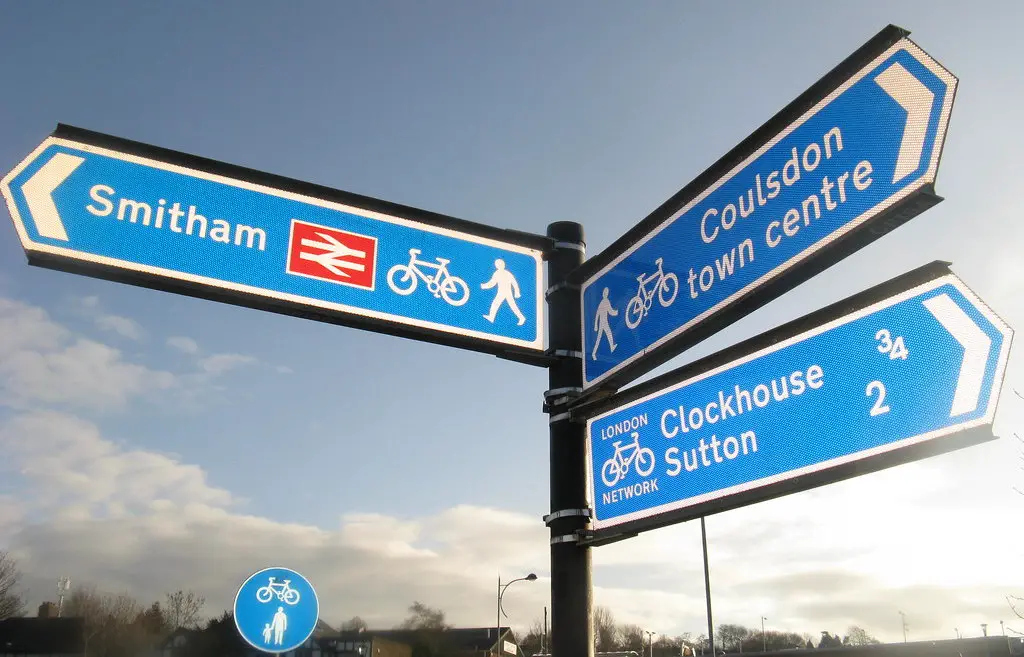Cities are changing as the world undergoes what is likely to be a lengthy period of urbanisation. Architectural and urban design challenges are inevitable, but transport infrastructure will arguably come under more pressure as populations increase. With numerous cities all over the world introducing cycle hire schemes and expanding bike lane networks, the bicycle has become an important tool for tackling modern urban challenges.
The lofty position of the bicycle in today’s cities is unsurprising. There is strong support for the notion that regular cycling leads to improved day-to-day health, with suggestions that society as a whole also benefits when more people cycle. The potential for reduced congestion and air pollution shows that environmental benefits are also achievable when you get more people on bikes. For those running our cities, switching populations from predominantly loss-making and over-crowded public transport networks to their own affordable and environmentally sustainable vehicles is an attractive change.
But how might this change affect urban populations?
Can bicycle infrastructure increase the rate of cycling enough to reduce obesity and the costs of health care? Will people develop a new sense of place in their cities, discovering areas they never knew, and spend money in local businesses in the process? And will bicycle infrastructure encourage a new audience to use a bicycle (a vehicle which, despite its affordability, is still mostly used by those with a higher income, and avoided by ethnic minorities)?
Health
The individual health benefits from regular cycling are obvious. However, broader social benefits are also possible when you get more people on their bikes. Apart from improved air quality, a city with more regular cyclists is a city with a less overweight population. This can reduce the demands on health expenditure that result from dealing with an obese and unfit population.
Does this just sound like a theory? It might already be happening. The Netherlands, Sweden, and Denmark have high rates of walking and cycling, with lower rates of obesity and a longer healthy life expectancy than the USA, Australia, and Canada – three countries with low rates of walking and cycling.
The key to realising the bicycle’s potential – health and otherwise – is to create a transport system which embraces it. In fact, every European city with high cycling levels also has an extensive network of bike lanes.
Engagement
The slower pace associated with cycling could also positively contribute to the social sustainability of cities, as imagined by Glenn Lowcock:
In so many ways our lives will adapt to fit the local scale and we will take far more interest in ensuring our home areas are pleasant, safe and are suitable to be called ‘home’. We’ll become more aware of people living nearby and a greater level of social cohesion will develop, taking a real step toward a more caring society. Local politics will become much more important as local discussions result in local decisions.
Veering a little towards overly idealistic, Lowcock’s view could certainly be true in theory, but does it happen in practice? As ever, let’s look to the Netherlands for an example. In 1992, the Dutch City of Groningen decided to make the bicycle its main form of transportation. After digging up roads and replacing them with an extensive network of bike lanes, they found that business improved, rents increased, and fewer people moved away from the city (though no mention of how engaged the city’s population became in local politics).
Equity
Due to the relative affordability of the bicycle, it can be considered one of the most equitable forms of transport (after walking!). Despite this, bicycle use in the United Kingdom and North America – areas with unimpressive bicycle networks – tends to be an activity undertaken predominantly by young men. The bicycle might be an equitable form of transport in theory, but usage seems to remain low unless there is adequate infrastructure to support it.
You know where we’re going. Let’s look to the Netherlands for an example.
Actually, the Netherlands, Denmark and Germany. These three countries have more dense bicycle networks than the United Kingdom and North America, and a more equal distribution of cyclists. In fact, women are just about as likely to cycle as men, making 55% of all trips in the Netherlands, 45% in Denmark, and 49% in Germany. Elderly people are also more likely to cycle. 24% of all bicycle trips in the Netherlands are taken by those over 65, with 12% in Germany and 12% in Denmark for those aged between 70 and 74.
But the Netherlands isn’t quite the bicycle utopia it’s presented as. Even in Amsterdam – arguably the world’s finest city for cyclists – the affluent are more likely to cycle than the poor:
Bike planners in Amsterdam speculate that lower income groups see the car as an important status symbol, while they view the bicycle as a “poor man’s” vehicle. Consequently, they prefer to drive instead of cycle. Bike planners argue that richer house-holds find the bicycle to be a fast, healthy and convenient means of transportation without a stigma attached to it.
Other variations in bike use exist, including lower usage among ethnic minorities and immigrant communities. If some social groups are failing to use bicycle infrastructure – even in ‘the world’s finest city for cyclists’ – do bicycle networks really play a role in creating socially sustainable cities?
The answers is that they likely do, though a bicycle network is not some magic panacea for creating urban social sustainability. Obstacles exist that cannot be overcome by infrastructure alone, obstacles which we must tackle with a broad range of measures. Just one of which is better bicycle networks in our cities.
Photo: Jamie Haughton



